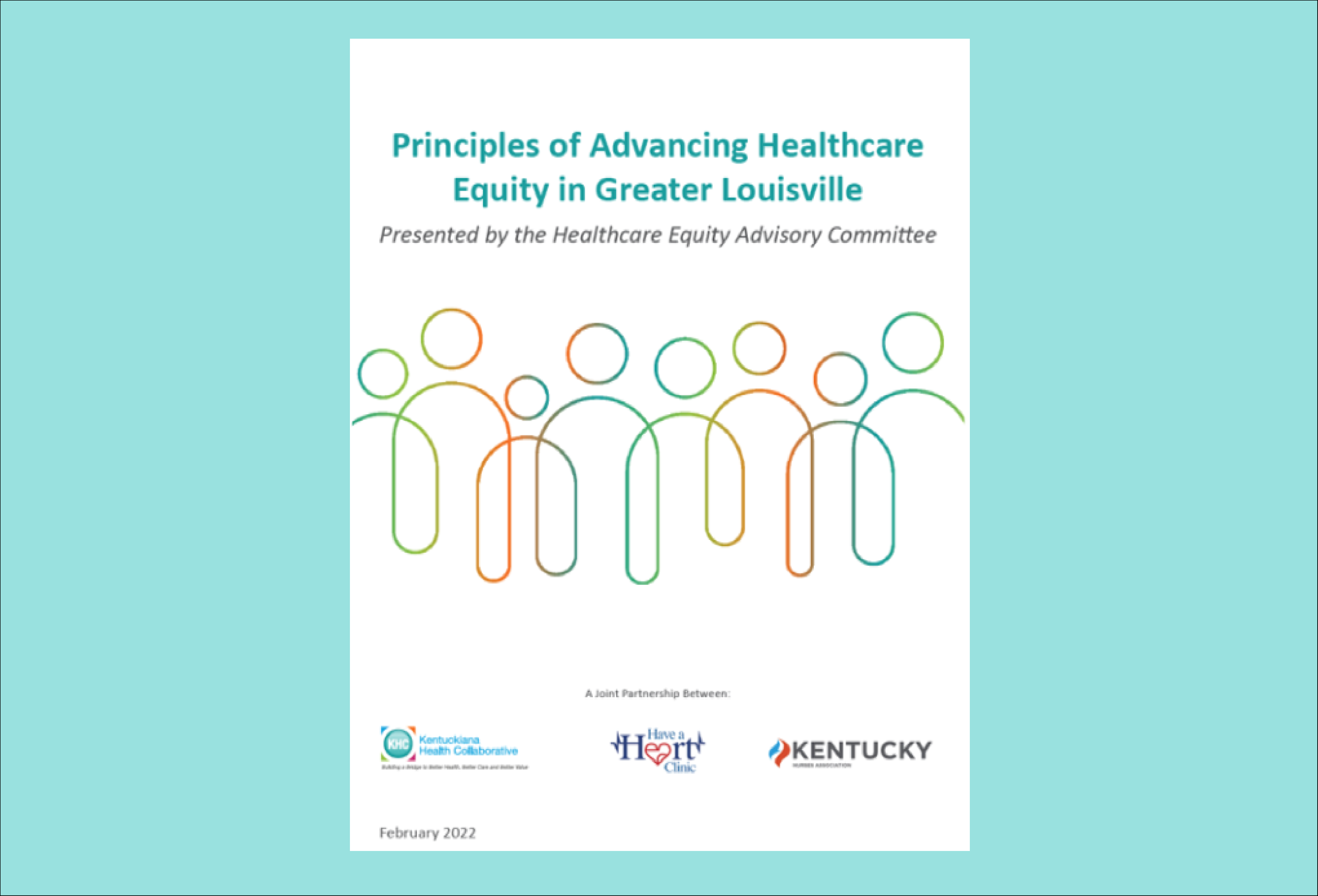As KHC staff put together our COVID-19 data dashboard looking at the regional Kentuckiana view of the spread of the virus, one of the factors we wanted to include how rates might differ between races.
The problem was: we couldn’t get that information.
We know that generally speaking, there are disparities between racial groups when it comes to who contracts the virus and who has severe complications from the disease. In Kentucky, for example, despite making up only 8% of the total population, African-Americans now account for 15% of the nearly 14,000 COVID-19 cases and approximately 17% of the deaths caused by it.
However, when we tried to dig deeper into these disparities, at a more local level, we weren’t able to do so. I got excited a couple of times, thinking I had stumbled on the information I was looking for, only to find it was just the population statistics I was already familiar with. As a data scientist, I look to data to help inform my decisions. How are we supposed to solve a problem when that’s lacking? How can we solve problems that we don’t fully understand? What could this missing data tell us?
We have to do better than simply saying, “there are differences in outcomes according to race,” and moving on to other things. We need to understand what those differences actually are, what is causing them, and how we might solve them.
As outlined superbly by The Commonwealth Fund’s “Corona Question Corner” (seriously, check it out, it asks the questions that I haven’t seen in other places), the data could give us insight on whether the answer lies in genetics, socioeconomic differences, structural racism, a combination of the above, or another variable (or variables). “We can’t know for sure which scenario is true until we have the individual-level data,” writes the author.
We have to do better than simply saying, “there are differences in outcomes according to race,” and moving on to other things. We need to understand what those differences actually are, what is causing them, and how we might solve them. There are limitations to what can be reported, specifically in regards to HIPAA laws, but we should be able to get information at a level that’s more granular and meaningful than state averages that may or may not be representative of the area of the state that we live in.






